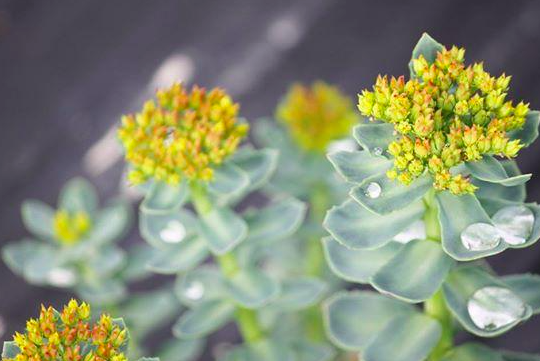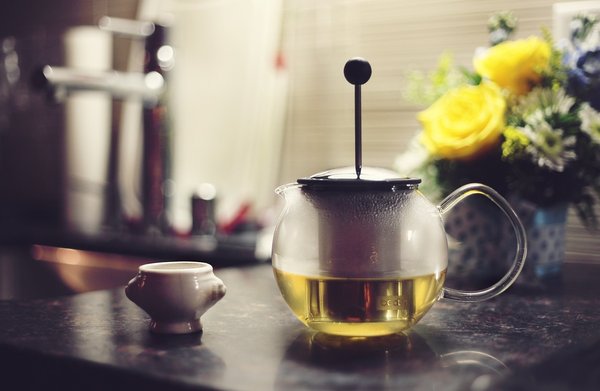For nearly 3,000 years, traditional folk medicine has turned to the herbal plant roseroot as a remedy for boosting energy and combating depression.
Researchers at the University of Pennsylvania have now verified what our ancient ancestors already knew: roseroot has promise as a regulator of the feel-good chemicals in our brains, such as dopamine and serotonin, and potential to improve symptoms of depression.
- RELATED ARTICLES
- Growing a tea garden
- All about matcha, with Teaspoons & Petals writer Alexis Siemons
- Two healthful matcha recipes inspired by spring
To conduct the study, researchers divided a sample of 57 people with mild to moderate depression into three groups - one group took sertraline, a commonly prescribed antidepressant, for 12 weeks; one group ingested roseroot extract for that time period; and a third was placed on a placebo.
The results of the head-to-head comparison showed both treatments were effective in improving symptoms, with those receiving sertraline only slightly likely to report improvements after 12 weeks, compared to those receiving roseroot extract, according to a report on the study published by Newsmax Media.

Arguably more exciting was the finding that patients who took roseroot reported fewer side effects.
"These results are a bit preliminary but suggest that herbal therapy may have the potential to help patients with depression who cannot tolerate conventional antidepressants due to side effects," the study's lead researcher Jun J. Mao, M.D., associate professor of family medicine, community health and epidemiology at the Perelman School of Medicine at UPenn, told Newsmax Media.
The costs of conventional antidepressants and their sometimes substantial side effects often result in a patient discontinuing use prematurely, Penn reports.
WHAT IS ROSEROOT?
Formally termed Rhodiola rosea, the herbal plant is also called golden root and Arctic root.
The name roseroot likely came about because the dried roots are rose-scented and loaded with immunity-stimulating rosavin, thought to be one of the compounds responsible for the antidepressant actions of this plant.
Rhodiola rosea is generally taken as a root extract in pill form
or as a tea, according to health coach and endurance athlete Mark
Sisson, who recommends drinking one to two cups of roseroot tea per day for the ultimate
benefits.
HOW TO GROW AND HARVEST ROSEROOT
Young seedlings do better grown in plug trays in a location semi-sheltered from sun and wind, but after a month or two, when a stalk is sent up from the rosette of seed leaves, seedlings can be exposed to more sun to maximize growth and can be transplanted into the ground, according to Horizon Herbs, a website that sells seeds.
According to Horizon Herbs, the plant has excellent transplant survival rates, which can be achieved any time the ground is not frozen, and the ideal growing site components include full or almost full sun, good drainage during the spring runoff and some shelter from the wind.
Roseroot appears to do well in a variety of soil types, from rocky gravel through heavy clay to silty, sandy and peaty loam soil types.
The best time to harvest can be as short as three growing seasons, though four to five years of growth will provide greater results.



